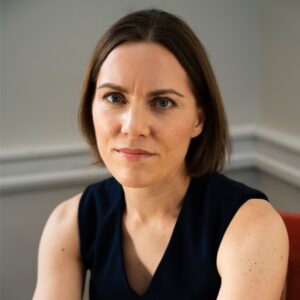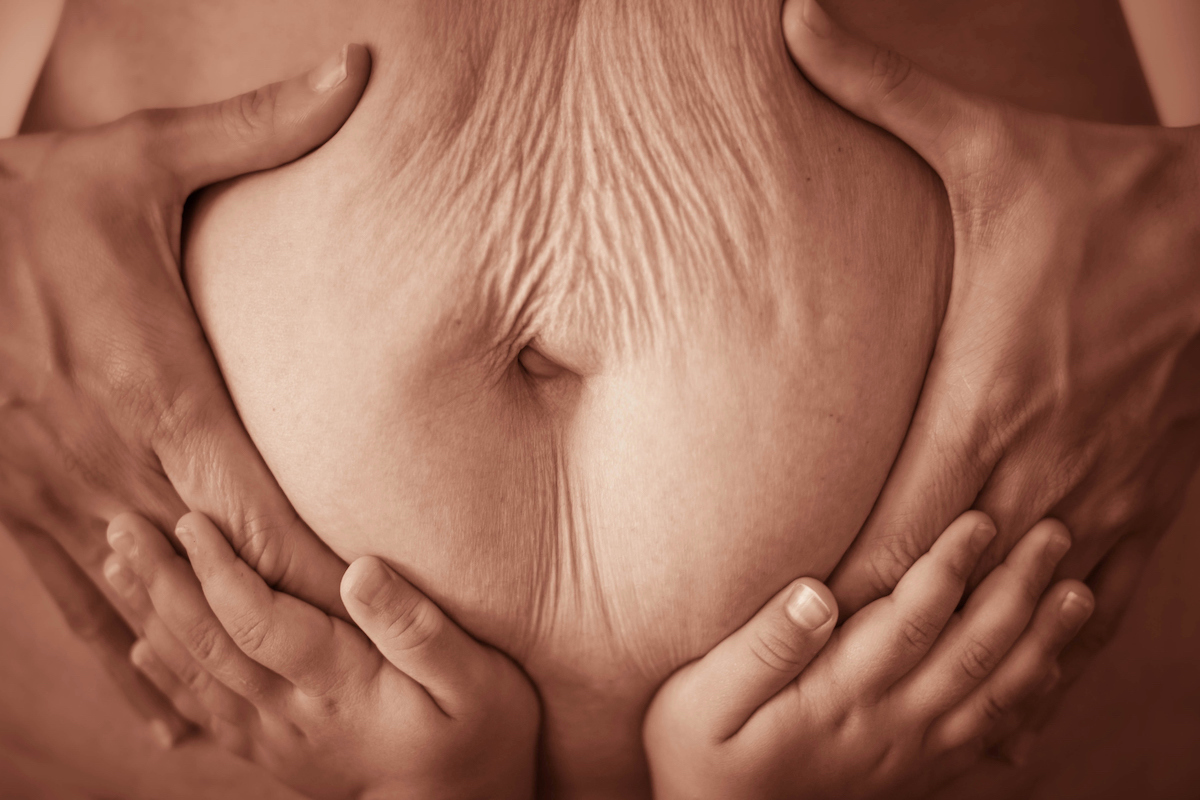Several years ago, the American Economic Association annual meeting had a panel on women in economics. It was an extremely high-powered group that included, among others, Susan Athey (a prominent economist at Stanford and the first female winner of the John Bates Clark Medal) and Janet Yellen (the current Secretary of the Treasury, a former Fed Chair, etc.). Many striking things were said about gender in economics, but one that stuck with me was a story, I think from Susan, about shoes. As I recall it, she recounted that as a junior faculty member — before tenure — she tried to wear boring brown shoes, to fit in better with her male colleagues.
I think about this story a lot. Many women, myself included, who have tried to succeed in traditionally male-dominated professions have our own “brown shoes” story. It might be about dressing differently, answering emails from the delivery or recovery room, or pretending that the discussion about female orgasms at lunch is totally hilarious and appropriate. But as we are doing these things, the question bubbles up: Is behaving like men the “feminist way” to approach this? Or is the feminist way to try to change the culture? And if we are lucky enough to “make it,” where does our responsibility lie in terms of trying to make a difference?
These issues were brought to mind recently by two books. On the surface, the books and their authors are very different. The first, Career and Family, is by a prominent economic historian at Harvard, Claudia Goldin. Goldin was the first tenured woman in the Harvard economics department and has had a storied career studying issues around the history of women and work, among other topics. The second, My Body, is a series of essays by Emily Ratajkowski, a model, actress and Instagram personality who first became well-known for her role in the video for Robin Thicke’s song “Blurred Lines.”
Befitting the variation in their authors, in many ways the books are quite different. Goldin’s book has more graphs and tables. Ratajkowski’s has more discussion of Instagram shots of your butt. But at the core, both books convey a struggle — societal and personal — between fitting in with the status quo versus trying to change it.
Career and Family, by Claudia Goldin
Career and Family opens with the very big question of why there is inequality in earnings among men and women, and why this has persisted. The book gives credit to the very real issues of active discrimination and bad behavior but pushes the reader to recognize that this cannot be the whole story, especially not in the present moment. This recognition is important, says Goldin, because becoming too focused on individual issues can obscure the broader problem. As she notes, “A single company slapped on the wrist, one more woman who makes it to the boardroom, a few progressive tech leaders who go on paternity leave — such solutions are the economic equivalent of tossing a box of Band-Aids to someone with bubonic plague.” In other words, the problems are complicated.
The book goes on to make two central points. The first is that to understand the moment we are in now, we need to see the moments before. Much of the text focuses on how the concept of career and family has evolved over the past 100+ years, as women moved from having either a career or a family, to having them both but at separate times, and finally to (trying) to have them together. The second argument is that part of what constrains equality now is the concept of “greedy work” — the fact that in many professions occupied by college graduates, there is a huge premium put on the ability to work a lot and to be constantly available. When couples have children, it becomes difficult to sustain two jobs with that feature. Something has to give, and for many reasons it is more often a woman in the household who steps back.
My Body, by Emily Ratajkowski
My Body is a more personal book. It discusses issues of bodily autonomy through the lens of someone who, very literally, makes a living based in part on her appearance. The essays in the book take the reader through Ratajkowski’s experiences of coming into modeling, the exploitation of the industry and, yes, Robin Thicke. For me, an overarching theme of the book is her struggle with whether one can assert a feminist stance by taking ownership over one’s actions, even if the actions seem in some ways exploitative.
Ratajkowski writes about being paid to attend the Super Bowl with financier Jho Low, wondering: Is this just selling yourself? Or is it an act of subversive empowerment to take $25,000 from this guy to go to a football game? Does it make it more empowering if you’re then going to turn around and write about it, in an effort to change the whole system?
This tension feels similar to the tension in the question of “greedy work” in Goldin’s book. Should women “lean in” to greedy work, play along with the expectation, in the hopes that once we’re on the inside we can fix it so it works for us? Or is that not enough? Do we need to refuse to play in the first place?
Neither book fully answers their version of this question, although I think both are getting at the idea that, in fact, we need more sustained and substantial change. Playing along and hoping for small amounts of progress may not be enough. It’s Goldin’s BandAid-for-the-plague comment again. I do not know if I agree, but I’m convinced we must discuss it.
Putting aside the specific ways these books resonate with me, there are many reasons to read both of them. The main one being that they are both excellent.
Career and Family is dense at points, but extremely readable. Goldin is a natural teacher, which comes across on the page. The book is also, in some ways, deeply personal. She writes a wonderful start to a chapter about being at the University of Chicago economics department as a graduate student in the 1970s, wearing her Frye boots and a miniskirt, making her way through the snow to the computer center with her box of computer cards.
My Body is jarring sometimes, a collection of essays that feel raw and almost like poetry. The book is gripping and at times difficult to read. The revelations about Robin Thicke will surprise exactly no one, and while they are clickbait, they are definitely not the reason to read the book.
If I were in a book club, I’d have us read both books, in adjacent weeks. Is this type of idea why no one invites me to their book clubs? Hard to say.
In the end, I come back to the clothes. In one chapter of My Body, discussing another actress, Ratajkowski writes, “It didn’t seem fair that she should have to start wearing sweaters and dyeing her hair brown to be considered serious.” It isn’t fair, no more than Susan Athey in her brown shoes is. In response, in their own way, both of these books contemplate change.
Community Guidelines














